When it comes to choosing the perfect bathroom vanity, the decision often boils down to two popular options: MDF (Medium-Density Fiberboard) or an all wood vanity. This choice concerns aesthetics, functionality, durability, and long-term satisfaction. If you're renovating your bathroom or designing a new one, understanding the pros and cons of these materials can help you make an informed choice.
This article examines the critical differences between MDF and all-wood vanities, explores their advantages and disadvantages, and guides you toward the best fit for your bathroom.
What Is an All-Wood Vanity?
An all-wood vanity is crafted from natural wood, offering unmatched beauty and durability. Depending on the style and finish, these vanities can be made from hardwoods like oak, maple, and birch or softwoods such as pine.
Key Features of All Wood Vanities:
- Natural and eco-friendly material
- A variety of finishes and wood grains
- Long-lasting durability with proper care
All wood vanities are often associated with a classic, high-end look. However, their timeless appeal includes some considerations, including price and maintenance.
What Is MDF?
MDF (Medium-Density Fiberboard) is made from wood fibers, resin, and wax, compressed under high heat. It's widely used in furniture due to its affordability and smooth surface, which makes it ideal for painted finishes.
Key Features of MDF Vanities:
- Smooth, uniform finish
- Affordable compared to solid wood
- Resistant to warping in low-moisture environments
MDF offers a modern, sleek appearance and is particularly popular for contemporary bathroom designs. However, its performance in high-moisture areas like bathrooms can vary.
All Wood Vanity vs. MDF: Breaking Down the Differences

Durability and Longevity
- All Wood Vanity:Wood is naturally durable and can last decades if properly maintained. Hardwoods like oak and maple resist dents and scratches, making them ideal for high-traffic bathrooms.
- MDF:While MDF is durable for everyday use, it's prone to swelling or damage if exposed to water over time. It's less resistant to dents and scratches than solid wood.
Verdict: If durability is your priority, an all-wood vanity wins.
Moisture Resistance
- All Wood Vanity:Natural wood can warp or crack when exposed to excessive moisture, especially in poorly ventilated bathrooms. Proper sealing and maintenance can mitigate these issues.
- MDF:MDF is resistant to minor moisture but unsuitable for consistently damp environments. Prolonged exposure to water can cause swelling or peeling.
Verdict: Both materials need protection from water, but MDF may require extra caution in high-humidity bathrooms.
Aesthetics
- All Wood Vanity:Wood vanities bring warmth, character, and uniqueness due to their natural grain patterns. They complement various design styles, from rustic to modern farmhouses.
- MDF:MDF vanities are sleek and uniform, offering a clean and modern look. Thanks to their paintable surface, they’re also available in various colors.
Verdict: If you prefer natural charm, go for an all-wood vanity. For a contemporary style, MDF might be a better fit.
Price
- All Wood Vanity:Wood vanities are typically more expensive due to the cost of materials and craftsmanship.
- MDF:MDF vanities are budget-friendly, making them accessible for homeowners looking to save without compromising style.
Verdict: MDF is the more economical, but all wood vanities offer long-term value.
Maintenance
- All Wood Vanity:Wood requires regular care, such as polishing and sealing, to maintain its beauty and prevent damage.
- MDF:MDF is low-maintenance and doesn't require sealing or polishing, but any surface damage needs immediate repair to prevent moisture penetration.
Verdict: MDF is easier to maintain, while wood requires more effort but rewards you with enduring beauty.
When to Choose an All-Wood Vanity
An all-wood vanity is perfect for homeowners who:
- Value timeless elegance and natural beauty
- Want a durable, long-lasting option
- Have the budget for premium materials
- Are willing to invest time in proper care and maintenance
When to Choose an MDF Vanity
MDF vanities are ideal for:
- Modern, minimalist bathroom designs
- Homeowners on a budget
- Bathrooms with excellent ventilation to minimize moisture exposure
- Those seeking a low-maintenance option
Tips for Prolonging the Life of Your Vanity
Proper care is essential to maximize your vanity’s lifespan regardless of your choice. Here are some quick tips:
- Keep It Dry:Wipe up water spills promptly to prevent damage.
- Ensure Ventilation:Install a bathroom fan to reduce humidity.
- Seal and Protect:Regularly seal wood vanities to guard against moisture.
- Avoid Harsh Cleaners:Use gentle, non-abrasive products to clean your vanity.
Why the Right Vanity Matters
Your bathroom vanity isn't just functional; it's a centerpiece that ties your design together. Choosing between an MDF or all-wood vanity depends on your lifestyle, budget, and taste. While MDF offers affordability and a modern look, an all-wood vanity provides unmatched durability and classic charm.
Final Thoughts
There's no one-size-fits-all answer in the battle of MDF vs. all-wood vanity. Think about how your bathroom is used, your design preferences, and your willingness to invest in maintenance. You can choose a vanity that enhances your bathroom's style and serves you well for years.
Remember, the vanity is more than just a storage space—it reflects your home’s personality. Make it count!

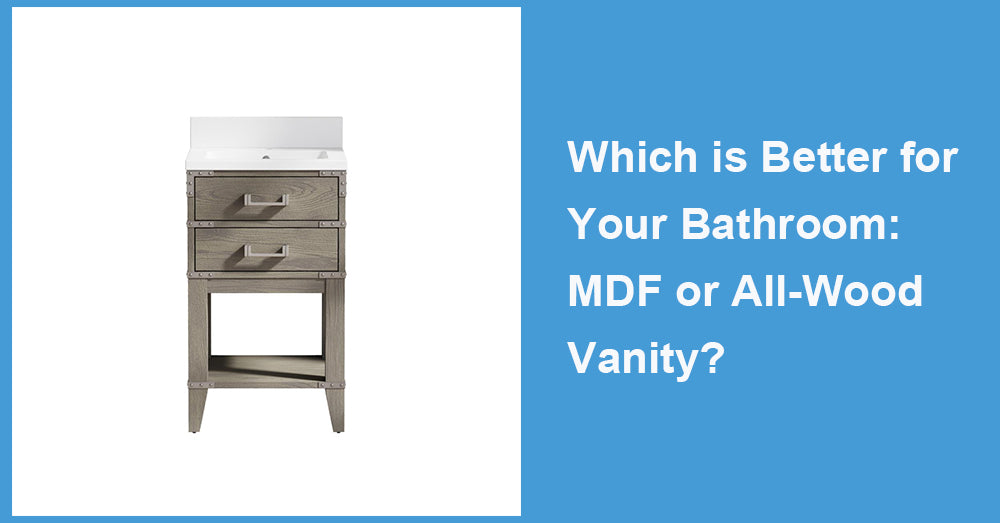

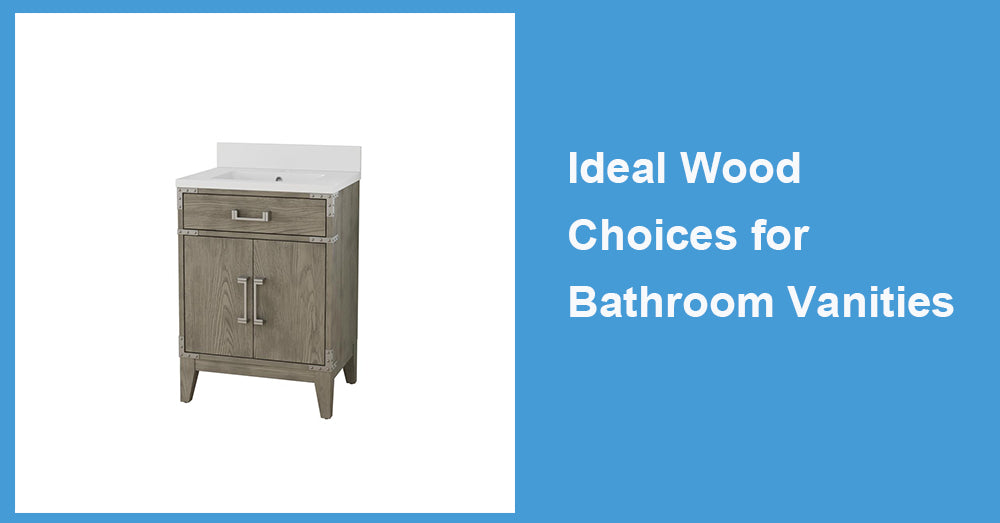
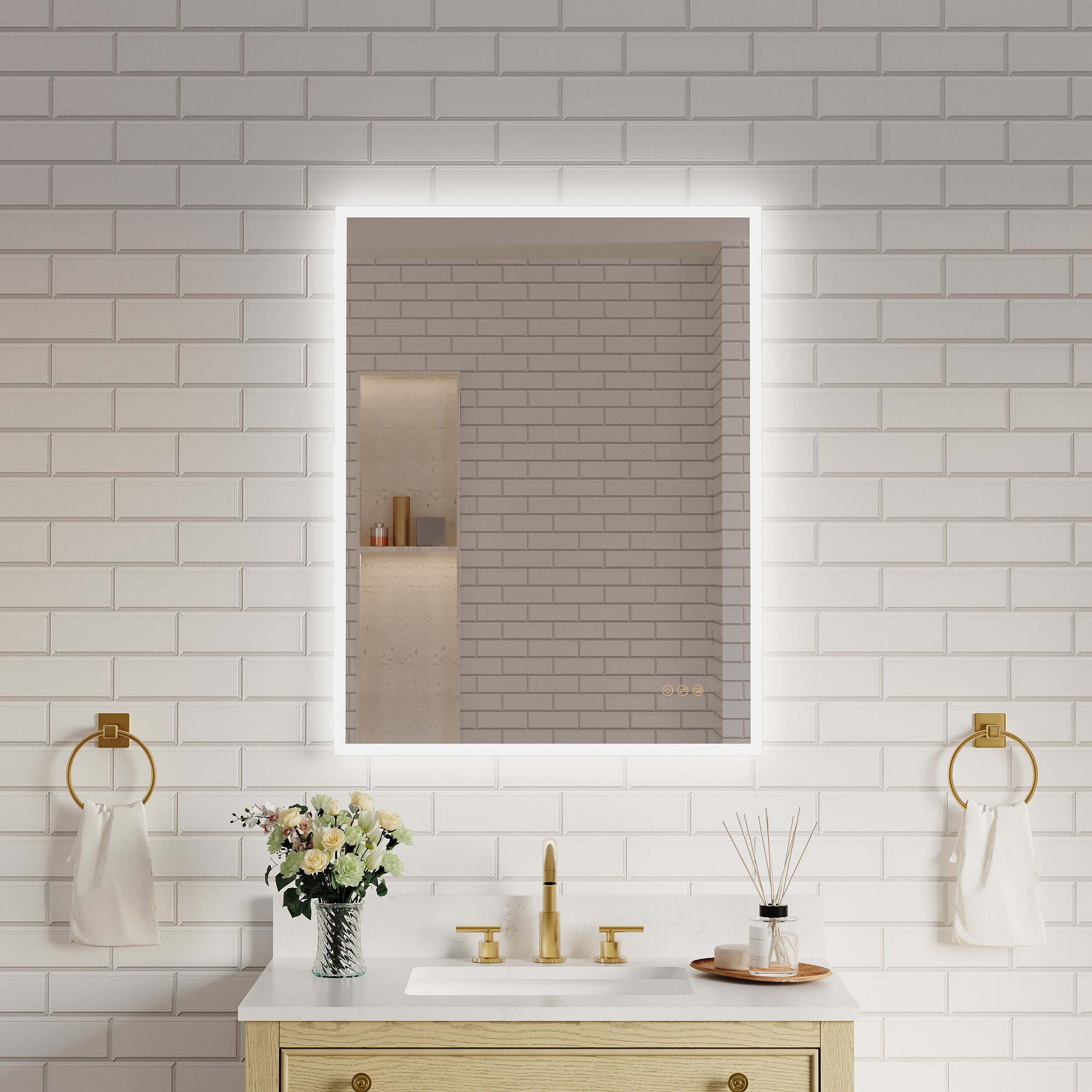


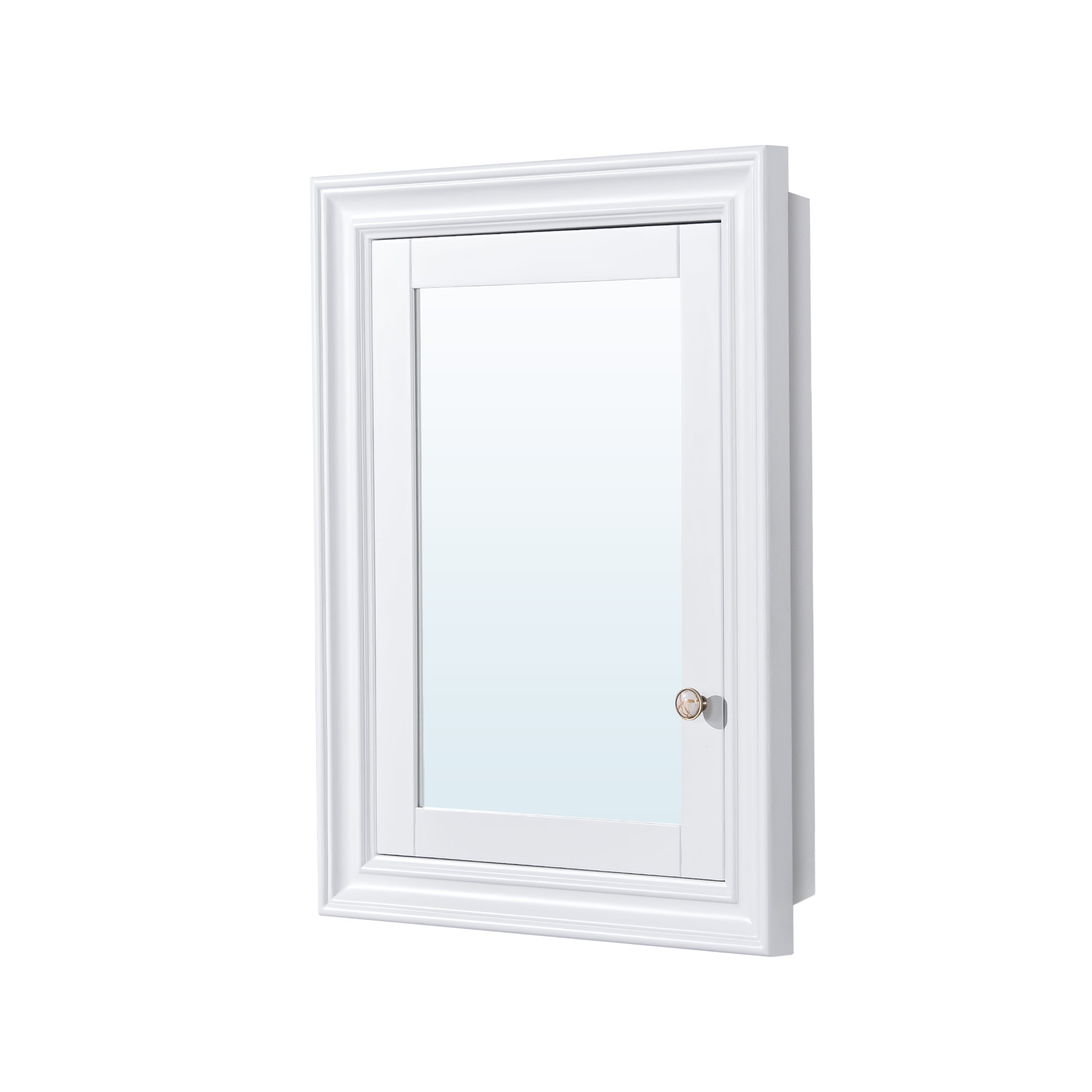
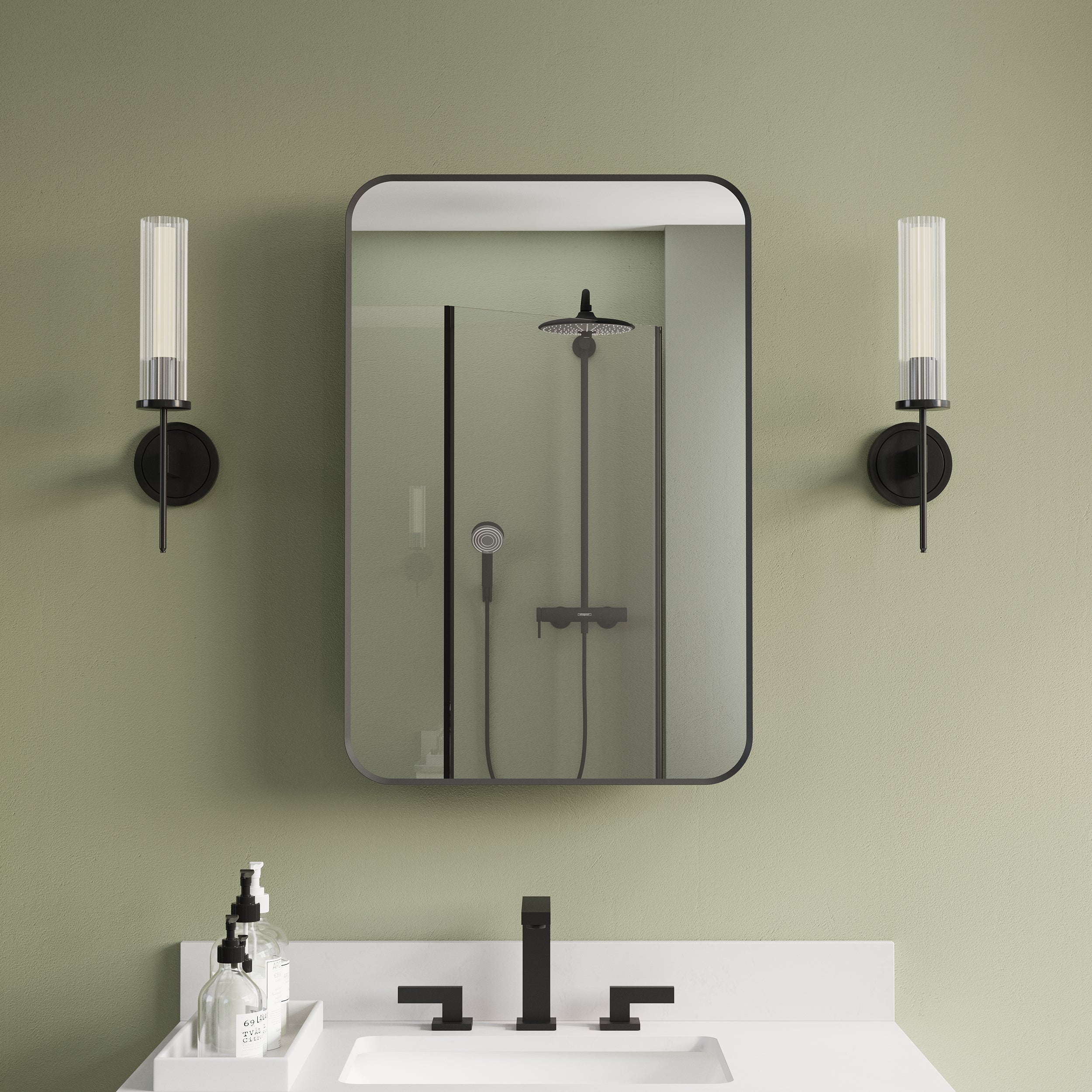

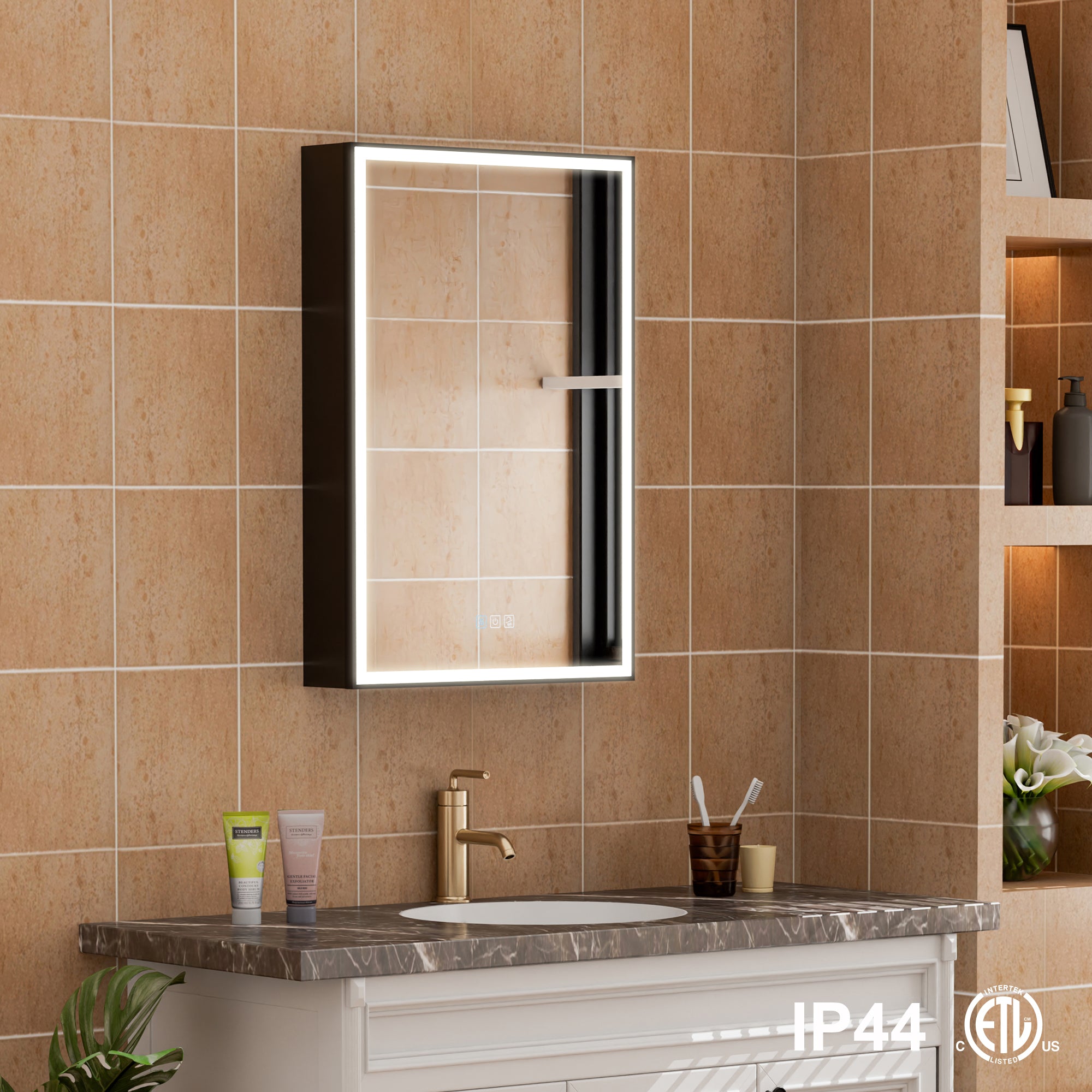
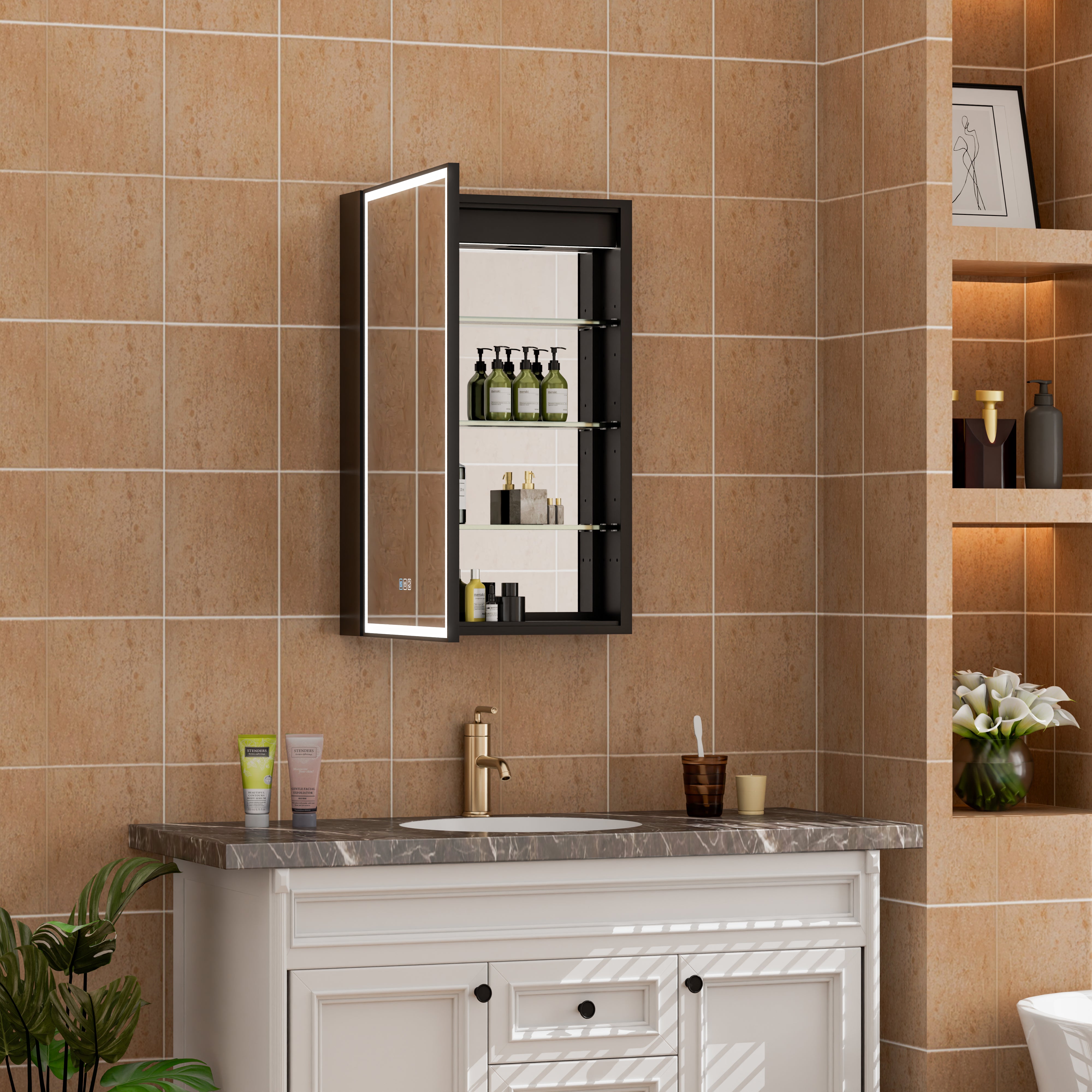
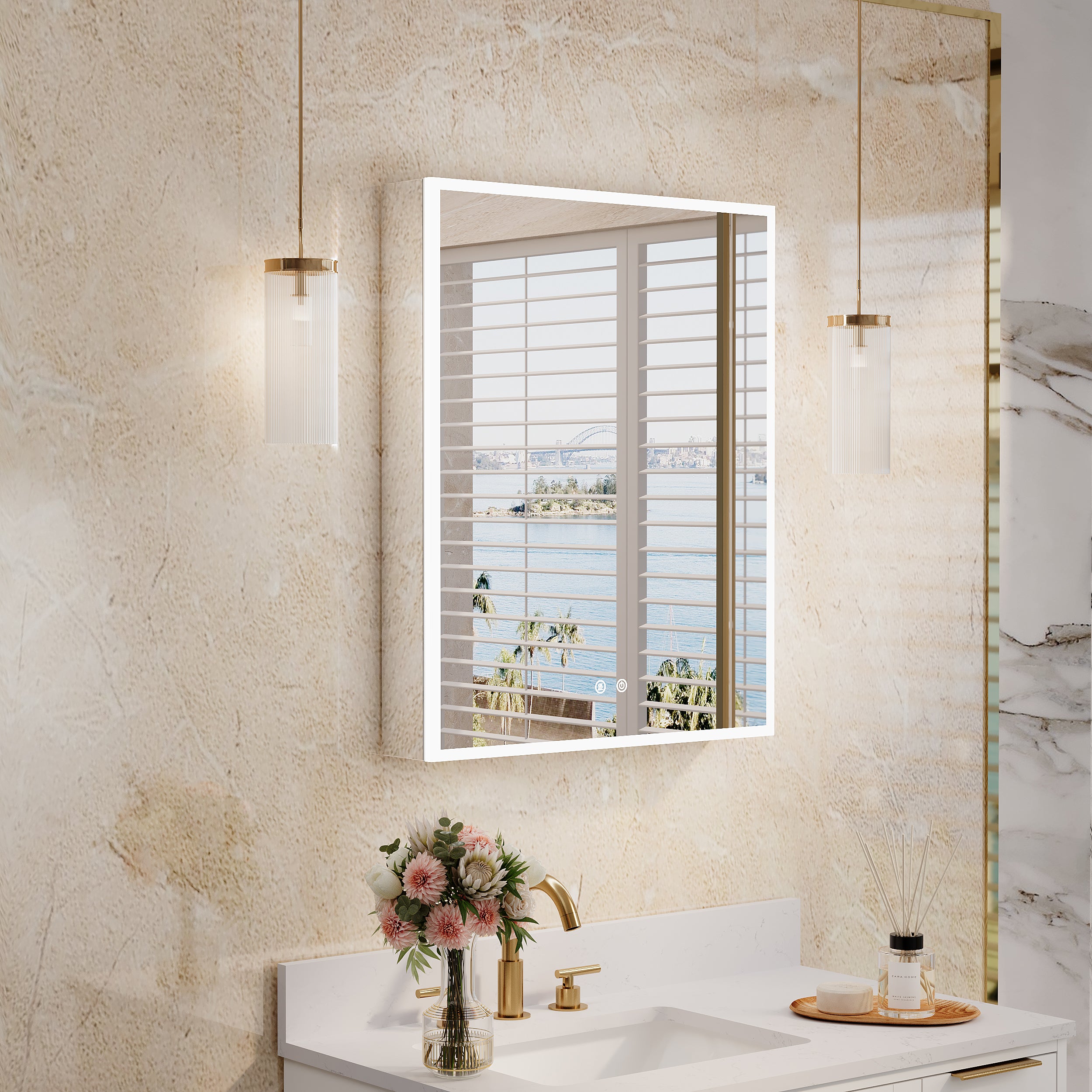
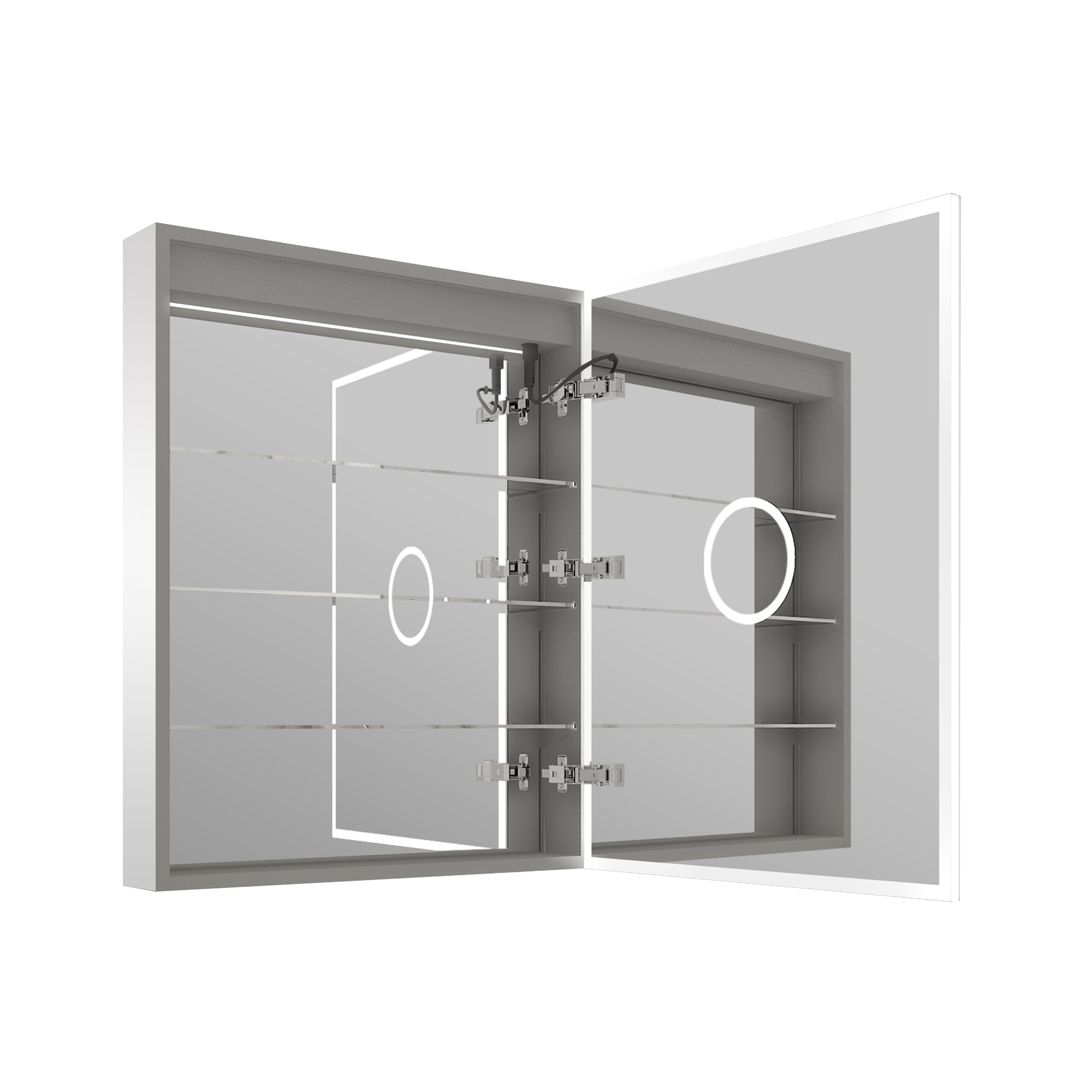
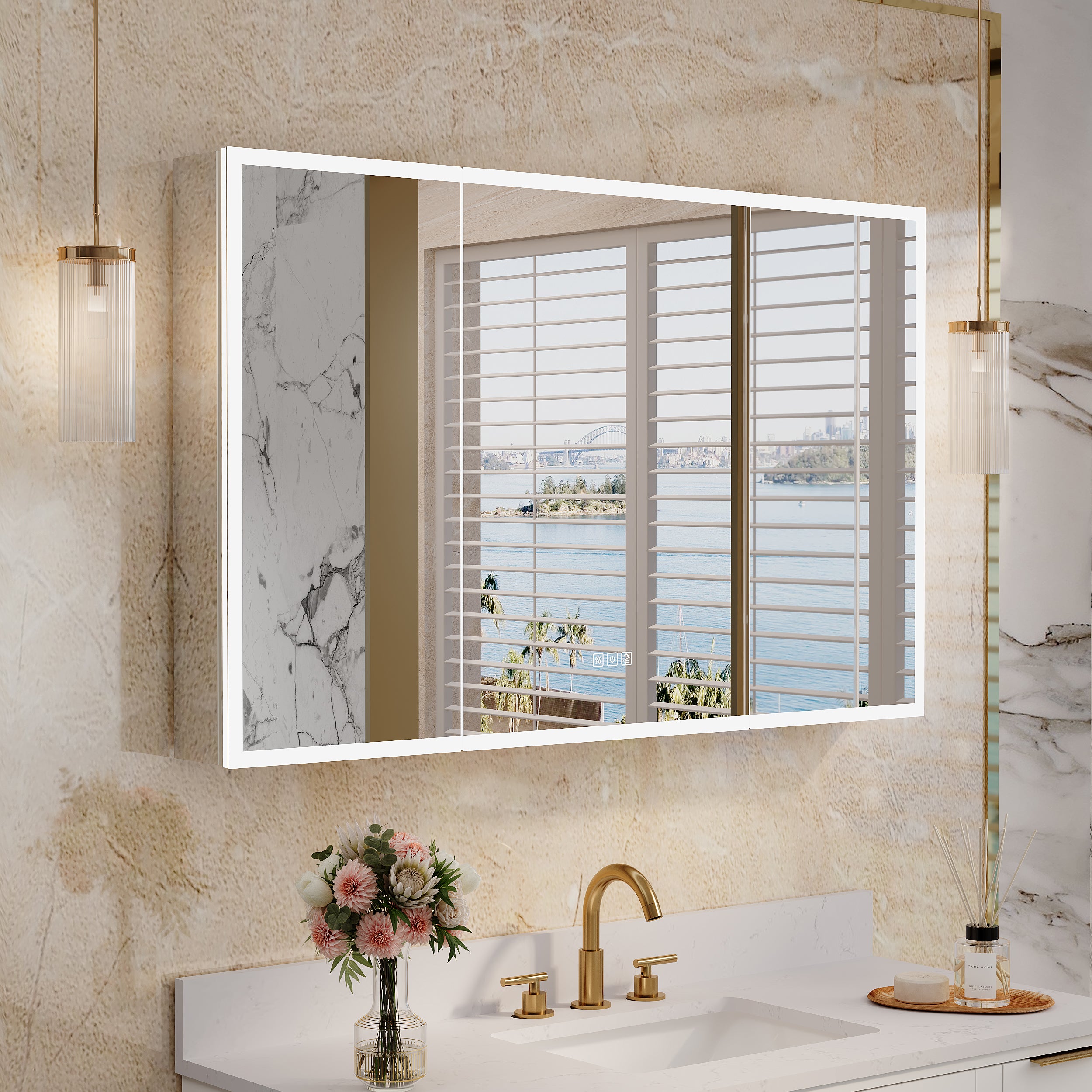

Leave a comment
This site is protected by hCaptcha and the hCaptcha Privacy Policy and Terms of Service apply.